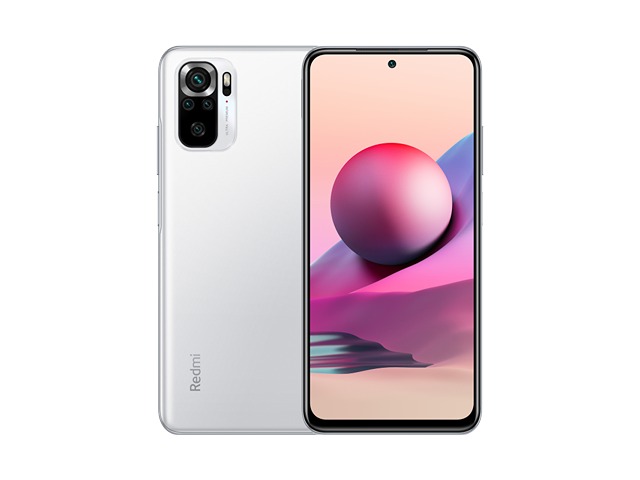The Most Reliable Way for Xiaomi Redmi Note 10S Review
Here where you will be able to take a look at the top Xiaomi Redmi Note 10S review to know what the terminologies related to Xiaomi Redmi Note 10S specifications, in terms of battery capacity, processor type, screen size, etc. Consequently, you will know their meanings well, and you will be able to make the appropriate decision when you get a new cellular phone.
After announcing Xiaomi Redmi Note 10S by Xiaomi on 3/4/2021, this model has been Released 2021, on April 28. However, this model’s status in the market is: Available.
When you purchase Xiaomi Redmi Note 10S, you will gain a 64 MP, f/1.8, 26mm (wide), 1/1.97″, 0.7µm, PDAF rear camera and 44 MP, f/2.0, (wide), AF selfie camera. it also has 64GB 4GB RAM, and 5000 mAh battery life (the more mAh value gives more strength to the battery).
Xiaomi Redmi Note 10S comes with Corning Gorilla Glass 3 as a display protection that is prepared to protect the screen when the phone falls on hard and rough surfaces, and with 6.43 inches, 99.8 cm2 display size.
Xiaomi Redmi Note 10S comes with the following OS and chips:
* Android 11, MIUI 12.5 OS,
* Mediatek Helio G95 (12 nm) Chipset
* Octa-core (2×2.05 GHz Cortex-A76 & 6×2.0 GHz Cortex-A55) Processor.
To understand the meanings of device features, continue reading this Xiaomi Redmi Note 10S review.
The Body Features – Xiaomi Redmi Note 10S Review
smartphone’s body features are very important to be considered when intending to buy a new device. These specifications are the body dimensions, the body weight, and the body build. In these following lines, you will find the Xiaomi Redmi Note 10S review in terms of the body features.
* Body Dimensions: 160.5 x 74.5 x 8.3 mm (6.32 x 2.93 x 0.33 in) which mean height, width, and thickness (depth) respectively.
* Body Weight: 178.8 g (6.31 oz).
Any weight between 140g and 170g is deemed suitable for smartphones and is suitable for the majority of customers.

How to Choose Your Best Color? Xiaomi Redmi Note 10S Review
Modern smartphones come in a variety of colors. Companies are also producing gradient colors in addition to solid color devices.
Xiaomi Redmi Note 10S comes in the following colors: Deep Sea Blue (Ocean Blue), Shadow Black (Onyx Gray), (Frost White) and Pebble White.
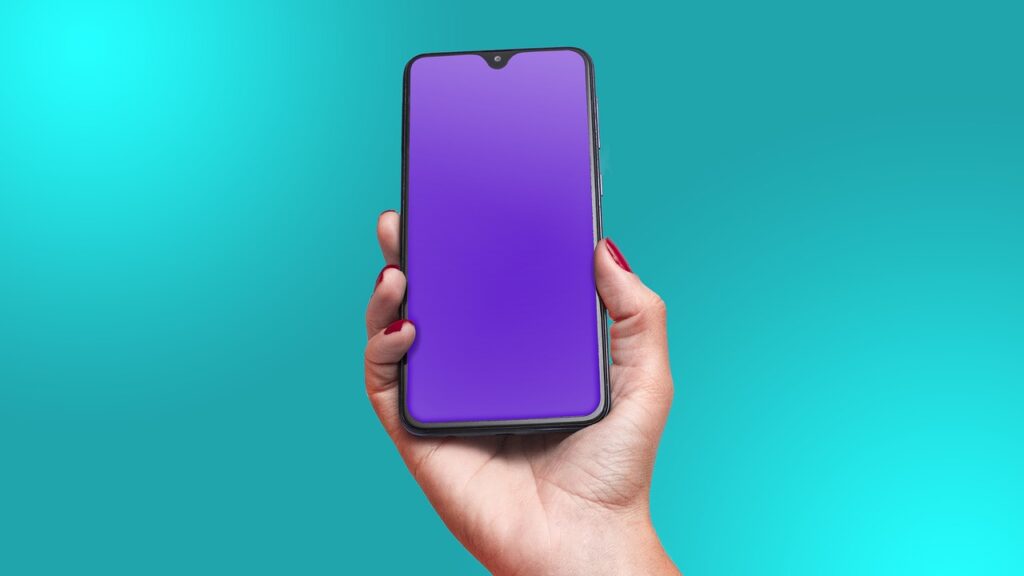
Xiaomi Redmi Note 10S Review In Terms of Display Specs
The display has always been a major component of cellular phones. Still, ever since the advent of full-screen touch cellphones, it has become imperious for manufacturers to provide the best display devices to consumers, it will boost the viewing and gaming experience.
Read on to learn more about the main screen characteristics of Xiaomi Redmi Note 10S.
Display Type: AMOLED – Always select a screen type that provides genuine black and more vivid colors.
Display Size: 6.43 inches, 99.8 cm2 – These days, cellular phones feature screens that measure between 4.7 and 6.5 inches.
Display Nits Peak: 1100 nits (peak). It is the brightest possible light. emitted by the screen. Anything above 500 nits is good to use on a sunny day.
Display Nits Brightness: 450 nits (typ).
Display Nits Full: 450 nits (typ), 1100 nits (peak),.
Screen To Body Ratio: (~83.5% screen-to-body ratio). It refers to the percentage of how much the display covers the front face. Smartphones that have the largest screen-to-body ratio look delicate and give it a premium look.
Display Ratio: 20:9 ratio. the Aspect ratio is the relevance between the height and width of the smartphone screen. Taller aspect ratios like 19.5:9 is coming with the most modern smartphones, and it is suitable for web browsing, and other portrait orientation apps.
Display Resolution: 1080 x 2400 pixels. It is the clarity of an image video in detail and sharpness. The pixel resolution for high-definition screens is 1920 x 1080.
Display Density: (~409 ppi density). It is the number of physical pixels per inch on a screen and is measured in Pixels Per Inch (ppi).
Display Protection: Xiaomi Redmi Note 10S comes with the following display protection:
* Corning Gorilla Glass 3
* Corning Gorilla Glass 3.

Xiaomi Redmi Note 10S Review – Camera Features
In the following lines, you will find the Xiaomi Redmi Note 10S review about the main cameras.
* Main Camera Single: {64 MP, f/1.8, 26mm (wide), 1/1.97″, 0.7µm, PDAF}.
The following lines sort out some of the symbols included in the camera specs:
MP (Megapixels) is the resolution of the image taken by a cellular phone.
(f value) is the aperture of a lens that indicates how much light it lets in? A bigger aperture lets in more light, whilst a smaller aperture lets in less light…
(mm value) This measurement is of the lens’s focal length, which affects the final image that is produced by your camera.
AutoFocus (AF) is the function of a camera to automatically focus on a subject.
* Main Camera Dual: 8 MP, f/2.2, 118˚ (ultrawide), 1/4.0″, 1.12µm
* Main Camera Triple: 2 MP, f/2.4, (macro)
* Main Camera Quad: 2 MP, f/2.4, (depth)
The main camera features are as follows:
HDR, panorama, 4K@30fps, 1080p@30/60/120fps, 720p@960fps main video camera.
In the following lines, you will see the Xiaomi Redmi Note 10S review of the selfie camera:
* Selfie Camera Single: 44 MP, f/2.0, (wide), AF
* Selfie Camera Dual: 8 MP, f/2.3, 105˚ (ultrawide)
The main camera characteristics are:
HDR, 4K@30fps, 1080p@30fps Selfie video camera.
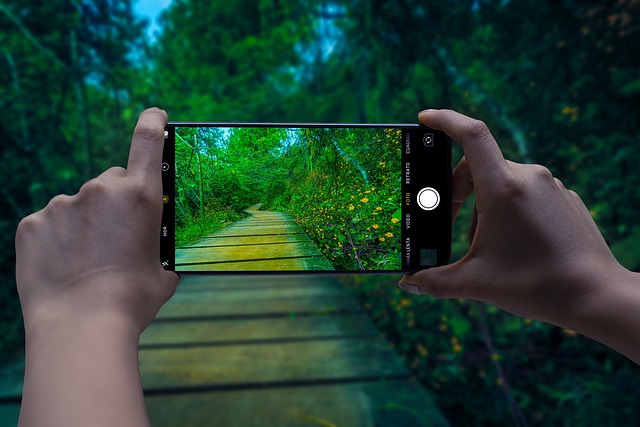
Knowing The SIM characteristics By Reading Xiaomi Redmi Note 10S Review
SIM stands for Subscriber Identity Module, and it’s a tiny electronic card that fits into your smartphone. There are three sizes available for this electronic chip: Standard (Mini), Micro, and Nano, and it lets you connect to a cellular network. Then, you can make calls, send SMS messages, and use mobile internet services like 3G, 4G, and 5G. For more information about 3G / 4G networks, refer to Xiaomi Redmi Note 10S 3G or Xiaomi Redmi Note 10S 4G articles. However, you can use the mobile phone without a SIM to use some available programs on it, play games, and connect to a Wi-Fi network to explore the internet.
This phone model comes with Dual SIM (Nano-SIM, dual stand-by) card. For more info, refer to the How to insert SIM card in Xiaomi Redmi Note 10S article.
Here are the popular SIM card types:
* Nano-SIM. It is the smallest removable SIM card size, so it is the most modern one (other than eSIMs, which we’ll read about it very soon) and it’s used by the vast majority of modern mobile phones.
* Micro SIM. They have a slightly larger chip, and they haven’t been utilized too often lately.
* Standard SIM (Mini-SIM). It is the biggest SIM card size in use, and it’s the most rarely used.
* eSIM. It is an embedded SIM card, i.e., you can’t take it off of your device.
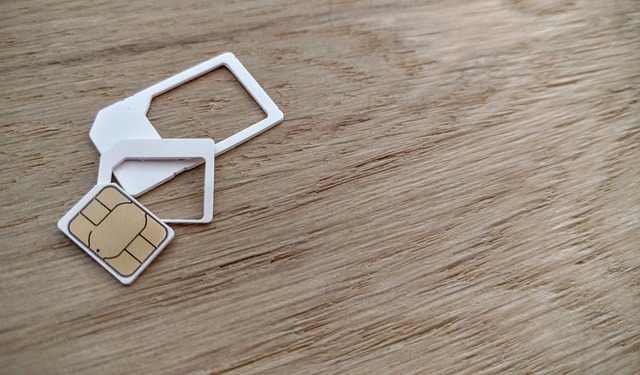
Chipset, CPU, and GPU – Xiaomi Redmi Note 10S Review
This model has Mediatek Helio G95 (12 nm) chipset.
Advanced embedded chipsets in cellphones allow the performing of many different tasks depending on their programming. They are built-in as part of the complete device including hardware and mechanical parts. The most common chipset kinds are QUALCOMM Snapdragon, INTEL ATOM, and MEDIATEK CHIPSETS..
Xiaomi Redmi Note 10S has Octa-core (2×2.05 GHz Cortex-A76 & 6×2.0 GHz Cortex-A55) CPU.
CPU (Central Processing Unit) performance is necessary for the daily user experience. Thus, the higher the number of cores, and the higher the number of processing speed the better the performance will be..
Xiaomi Redmi Note 10S has the following GBU (Graphics Processing Unit): Mali-G76 MC4.
This chip is responsible for processing all graphics jobs. In fact, Users are now more aware of the many types of GPU chips included in cellphone chipsets and sometimes take their performance into account when making purchases.

Knowing About Storage Specs – Xiaomi Redmi Note 10S Review
One of the primary deciding factors, when you intend to buy a new cellphone, is the size of storage it offers. Actually, Xiaomi Redmi Note 10S comes with a microSDXC memory card slot, and the following internal storage: 64GB 4GB RAM – 64GB 6GB RAM – 128GB 4GB RAM – 128GB 6GB RAM – 128GB 8GB RAM
Two types of phone memory are available:
Internal: It is built in the phone, and can’t be expanded. Nowadays, the majority of cell phones have internal storage that is at least 32GB or 64GB and a few high-end models feature 256GB or 512GB.
External: It is a removable SD card used as an alternative memory to store photos, music, videos, etc., regardless of the type of SD card slot.
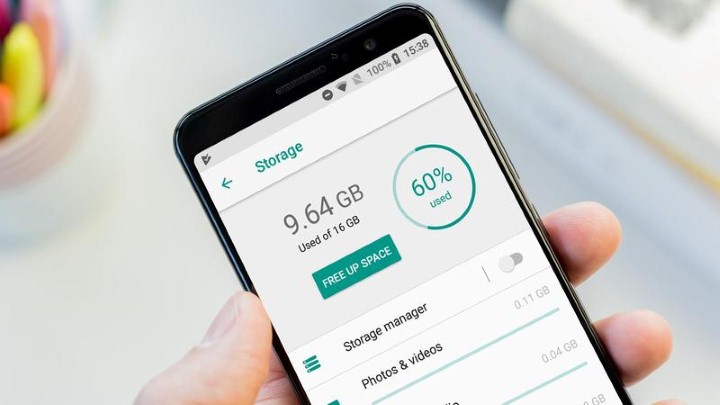
Xiaomi Redmi Note 10S Review of Connectivity and Mobile Networks
A mobile network, also referred to as a wireless network, is a system that allows mobile devices to send and receive radio waves.. It consists of base stations, each of which comprises a geographical area that called a “cell”. This grants many mobile transceivers, such as smartphones, to connect with one another. By the way, there are 3 types of mobile networks in use: 3G, 4G (LTE), and 5G.
Xiaomi Redmi Note 10S supports the following networks: 3G. For more information, refer to the Xiaomi Redmi Note 10S 3G article. – 4G. For more information, refer to Xiaomi Redmi Note 10S 4G article.

Xiaomi Redmi Note 10S Review – Available Wireless Connections
This model comprises the following wireless connections:
* WLAN connection: {Wi-Fi 802.11 a/b/g/n/ac, dual-band, Wi-Fi Direct, hotspot}. Wireless Local Area Network uses Wi-Fi to communicate to the home or office wireless network using the local router and offers Internet access.
* Bluetooth connection: {5.1, A2DP, LE}. It is a common wireless communication protocol used to communicate two devices together over short distances, allowing them to share data between different devices.
* GBS connection: {Yes, with A-GPS, GLONASS, GALILEO, BDS}. Global Positioning System enables mobile phone to define any position you need.
* NFC connection: {Yes (market/region dependent)}.Near Field Communication is a wireless technology that allows your smartphone to transfer data to another device when they’re close together, so it’s generally used for contactless payments. For more information, refer to NFC on Xiaomi Redmi Note 10S article.
* USB connection: {USB Type-C 2.0}.Universal Serial Bus is wired technology that allows users to connect two devices, such as a smartphone with a PC, to either transfer data or to charge the connected device.
* Features Sensors: {Fingerprint (side-mounted), accelerometer, gyro, compass}. The sensor is a device that detects and majors the changes in the nearby environment such as ambient light and motion.

Xiaomi Redmi Note 10S Review – The Operating System
This model comes with {Android 11, MIUI 12.5} operating system.
Battery Main Specifications – Xiaomi Redmi Note 10S Review
Nothing is more essential than the mobile phone’s battery, which powers these devices and keeps daily life going. The following lines are demonstrating the Xiaomi Redmi Note 10S review of its main battery.
* Battery Technology: {Li-Po}.
* Xiaomi Redmi Note 10S comes with {non-removable} battery.
* Battery Capacity: {5000} mAh. It refers to the storage capacity a specific battery may offer. A battery with a 3100 mAh capacity rating could supply a current of 3100 mA for one hour. Higher mAh ratings for the same battery kind will usually mean longer working time.
* Battery Charging: {Fast charging 18W}.
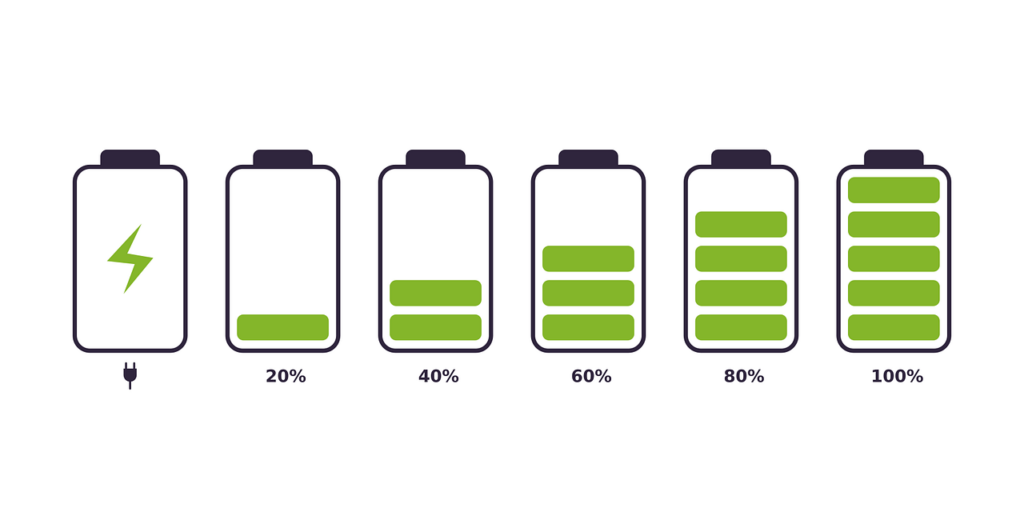
Xiaomi Redmi Note 10S Review of the Battery Secondary Specifications
Along with the primary Xiaomi Redmi Note 10S parameters that we just discussed, this model contains more battery-related features that vary somewhat depending on the model of the mobile phone. Here are these specs:
* Battery Charging Original: {Fast charging 33W}.
* Quick Charge: {Quick Charge 3}.


